Meet the Presenters
This article is based on a webinar presented by Auburn University on Feb. 2, 2021. The webinar series, titled The Beard Tribology Webinar Series, is named after the late Ralph Beard, who pioneered the study of tribology at Auburn. Wear and Degradation of Asphalt Pavement is available at www.eng.auburn.edu/programs/tribology/beard-tribology-webinar.html.
Dr. Fan Gu is a professor at Changsha University of Science and Technology in China. At the time of this webinar, he was an assistant research professor at the National Center for Asphalt Technology (NCAT) at Auburn University. He earned his doctorate degree from Texas A&M University, specializing in pavement structural design and material characterization. He has authored more than 60 publications in a variety of academic journals. He also serves as a committee member of Transportation Research Board AKM80 and an academic editor of Advances in Civil Engineering. In 2017, Gu was awarded a Marie Skłodowska-Curie Individual Fellowship by European Commission.
You can reach Gu at fan.gu@csust.edu.cn.

Dr. Fan Gu
Dr. Michael Heitzman was an assistant director at NCAT for 12 years before retiring in 2019. Prior to that position, he served as the bituminous materials engineer for the Iowa DOT for nine years. The first 18 years of his career, he was a highway engineer with the Federal Highway Administration (FHWA). He is a registered professional engineer in Washington and Iowa. Heitzman is a national expert in pavement friction and has a leading role in developing and implementing national friction standards.
You can reach Heitzman at mah0016@auburn.edu.

Dr. Michael Heitzman
KEY CONCEPTS
•
There are safety concerns from poor asphalt pavement construction.
•
Friction is dependent on pavement and aggregate surface characteristics.
•
There are testing techniques and requirements to consider.
In civil engineering, maintaining high abrasion resistance is essential in asphalt pavements. In planning roadway and airfield applications, the materials and characteristics used in asphalt surfaces must be carefully analyzed as, often, these will impact the structure and longevity of asphalt. Additionally, climate and application techniques play an important role as improper application can lead to premature distresses. Below are common distresses in asphalt pavements:
•
Rutting
•
Cracking
•
Raveling
•
Slippage
•
Potholes.
Even though most of these distresses can be clearly seen by users, not all are visible to the naked eye. For instance, invisible friction in asphalt is a characteristic that may cause vehicles to take a longer distance to stop
(see Figures 1 and 2). Friction in asphalt pavement is very critical because it is directly related to safety.
 Figure 1. Invisible friction problem. Figure courtesy of the National Center for Asphalt Technology.
Figure 1. Invisible friction problem. Figure courtesy of the National Center for Asphalt Technology.
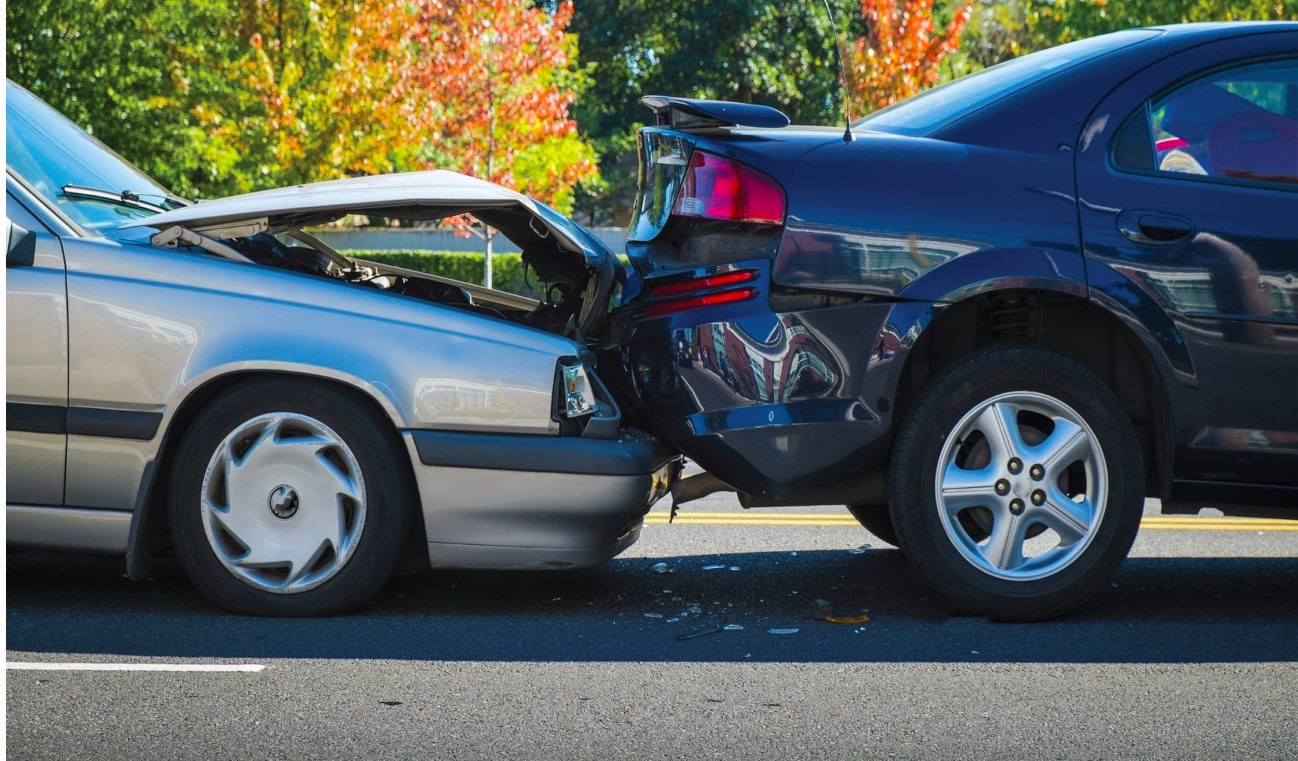
Figure 2. Invisible friction problem. Figure courtesy of the National Center for Asphalt Technology.
This article is based on a webinar, titled Wear and Degradation of Asphalt Pavement, and presented by Dr. Fan Gu and Dr. Michael Heitzman through Auburn University. See Meet the Presenters for more information.
Organizations such as the National Center for Asphalt Technology (NCAT) at Auburn University provide research, technology development and education that advances safe, durable and sustainable asphalt pavements. Friction in asphalt is a very important topic for NCAT as road accidents are a major issue, and the rate of which they happen continues to increase year over year.
Some car accident statistics in the U.S. in 2019 include the following:
1
•
More than 37,000 deaths
•
2.35 million injuries
•
$230.6 billion road crash costs.
Table 1. Pavement friction and road accident rates

In Table 1, observe that if pavement friction coefficient drops to 0.25, then the risk for accidents becomes higher.
According to the American Association of State Highway and Transportation Officials (AASHTO) Guide for Pavement Friction, friction is described as: “A force that resists the relative motion between a vehicle tire and a pavement surface.”
In Figure 3, the friction coefficient is a ratio of friction force, which is divided by the normal weight. It is very similar to rolling resistance; however, friction is directly impacted by the braking of a vehicle whereas rolling resistance is the force resisting motion when the tire rolls on a surface.
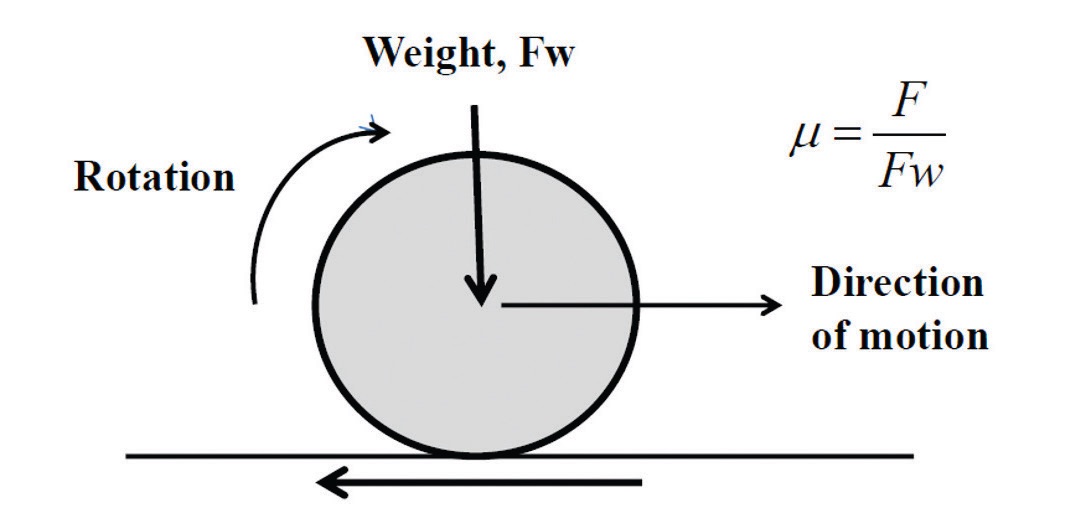 Figure 3. Force body diagram for rotating wheel.2
Figure 3. Force body diagram for rotating wheel.2
As previously mentioned, the characteristics of asphalt pavement are critical. Friction is dependent on macrotexture (dependent on pavement surface characteristics) and microtexture (related to the aggregate surface characteristics). In other words, macrotexture depends on the sizes, shapes and distribution of the aggregates used—whereas, microtexture depends on surface roughness of the aggregates used.
Pavement surface polishing always causes a decrease in friction. Traffic removes the asphalt coating on the aggregates at the surface of asphalt pavement and wears the exposed aggregate particles down. Softer aggregate types such as limestone wear faster than harder aggregate types such as granite. Eventually, softer aggregates on the surface become smooth and loose both microtexture and macrotexture. Consequently, as traffic continues, friction reduces to a terminal stage.
In Figure 4, this process was simulated in a laboratory, which shows that the friction value generally decreases as the cumulative traffic continues.
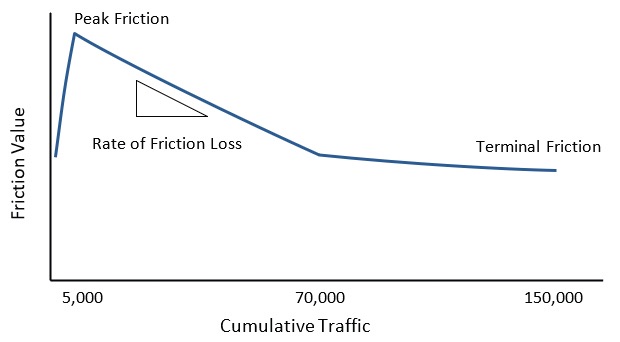 Figure 4. Asphalt pavement friction performance.
Figure 4. Asphalt pavement friction performance.
Friction studies are typically performed in the field and in a laboratory. In the field, there are essential tools needed to get proper results, such as a locked-wheel skid trailer, Sideway-Force Coefficient Routine Investigation Machine (SCRIM) and GripTester. In the laboratory, the tools used consist of a three wheel polishing device and a dynamic friction tester.
Generally, when friction is measured at a 100% slip rate, maximum friction cannot be met. Maximum friction is observed in the 7%-20% tire slip rate, which is why antilock braking systems (ABS) are critical as they try to catch up this critical speed and maintain maximum friction.
In Figure 5, there’s a locked-wheel skid trailer (ASTM E274), which measures the steady state of friction force on a locked test wheel (ribbed and smooth tires can be used according to the sensitivity of the micro- or macrotextures). The wheel is dragged under constant load, typically at 40 mph, over a wet pavement surface.
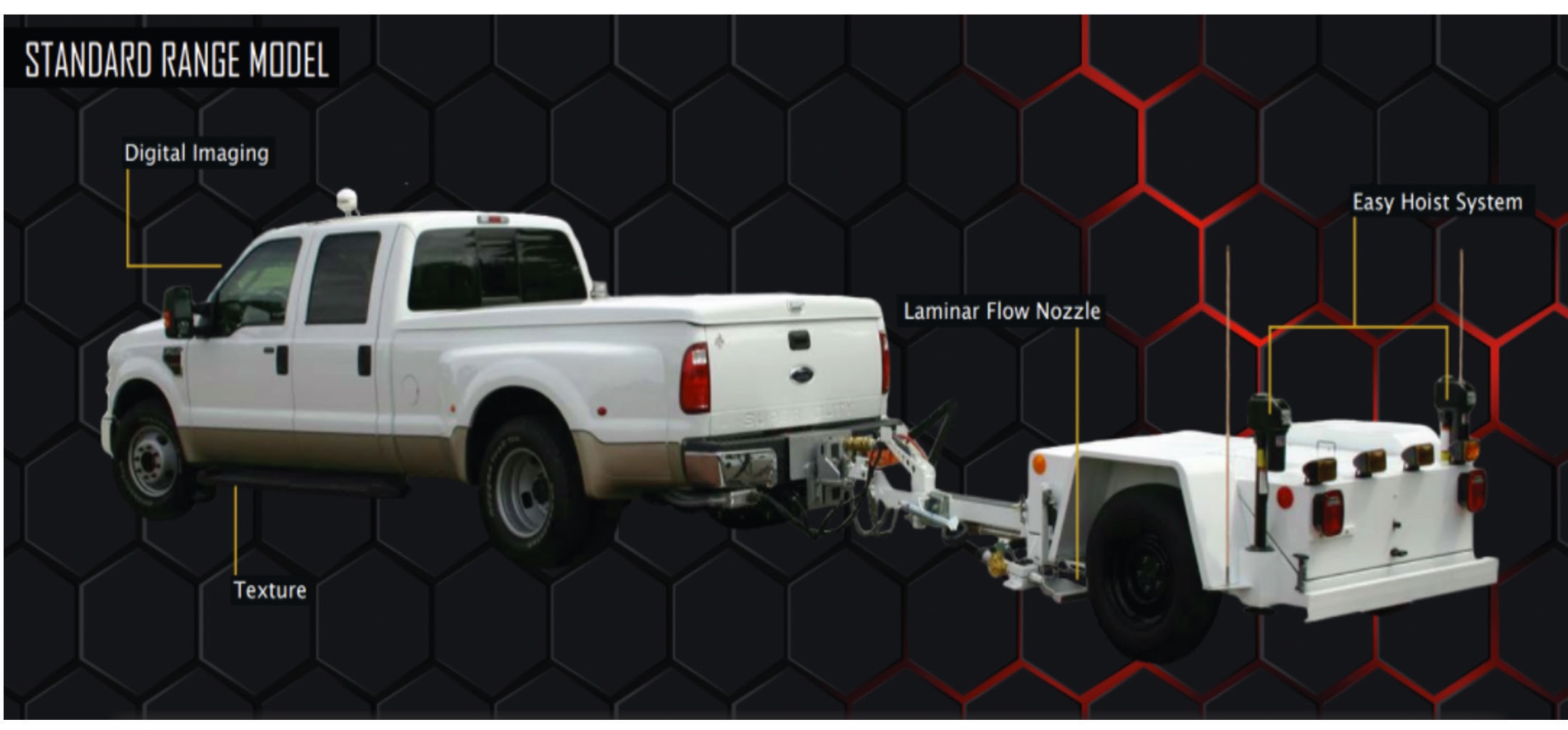 Figure 5. Locked-wheel skid trailer. Figure courtesy of the National Center for Asphalt Technology.
Figure 5. Locked-wheel skid trailer. Figure courtesy of the National Center for Asphalt Technology.
Water is sprayed on the pavement surface in front of the trailer tires to simulate wet conditions. The wheel is then dragged under constant load, typically at 40 mph, over the wet pavement surface.
SCRIM test method
Another field-testing solution—SCRIM—uses GPS-linked measurements that are daily surveyed within a 200-250-mile testing procedure from a vehicle traveling between 15-60 mph. SCRIM
(see Figure 6) is a friction measuring device, which includes a smooth testing tire that is mounted in the left wheel pass and has an angle of about 20 degrees offset to the driving direction. This device measures sideways friction force and is free rotating as it includes a system similar to ABS. This method also includes a water spray to measure friction in wet conditions.
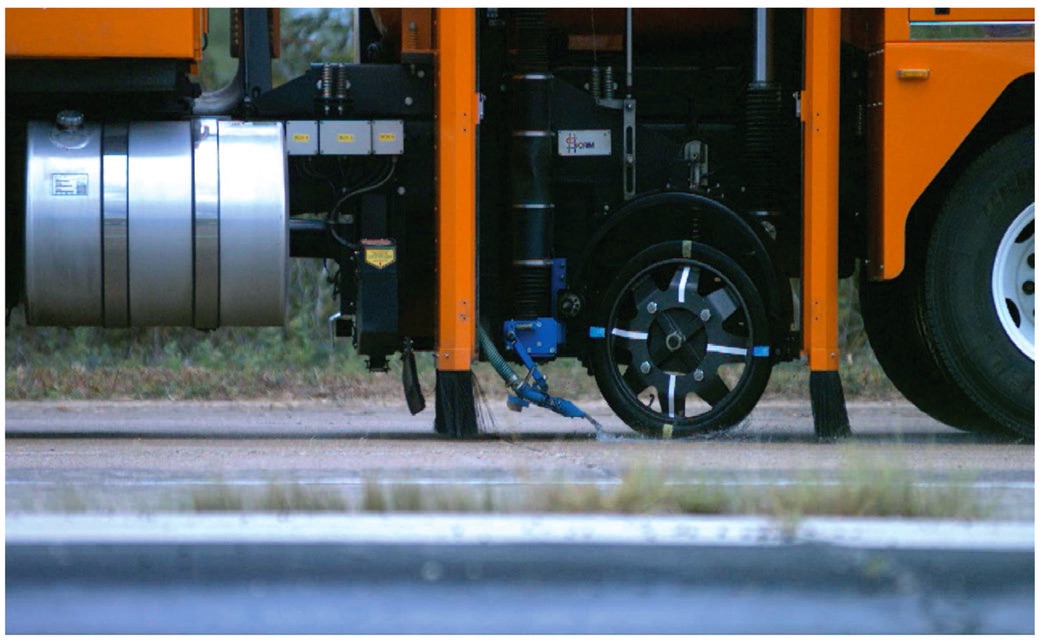 Figure 6. SCRIM device. Figure courtesy of the National Center for Asphalt Technology.
Figure 6. SCRIM device. Figure courtesy of the National Center for Asphalt Technology.
Here are some SCRIM principles of continuous friction:
•
Sideway-force coefficient
•
Free-rotating wheel comparable to ABS
•
Collect friction data every 0.1 m
•
Continuous measurements through high-risk areas.
In Figure 7, the GripTester method is a much smaller solution used compared to the previous two devices mentioned previously. Being a fixed slip measuring device, it is towed at traffic speed and provides continuous friction measurements. This device is typically used mainly in straight applications such as roads and airport runways. It must be noted that using this device on a road with turns may create a safety concern for other vehicles due to the possibility of rolling over.
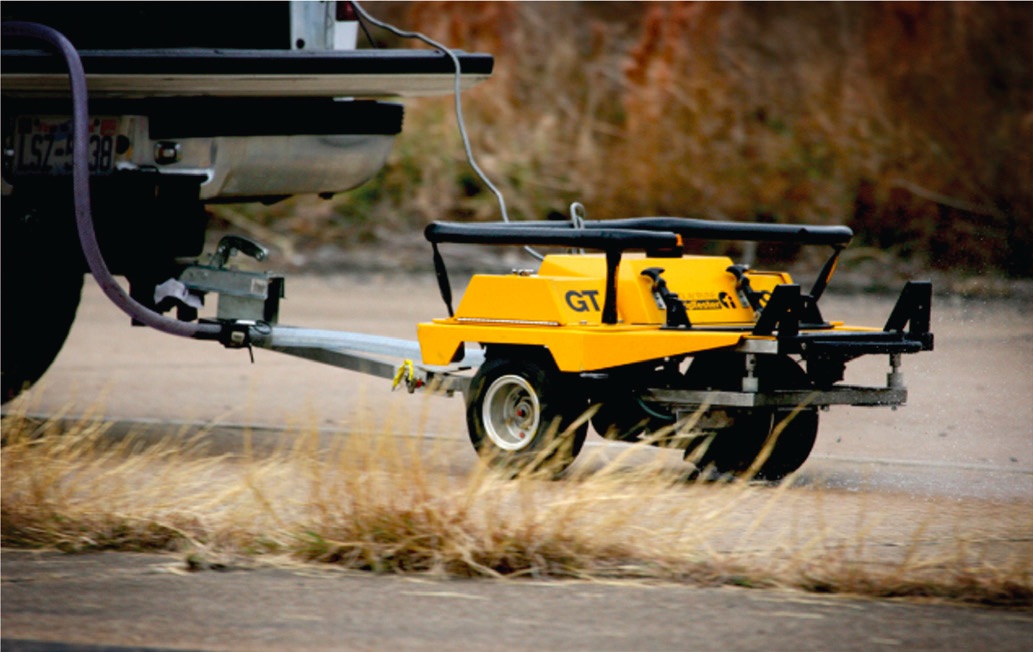 Figure 7. GripTester. Figure courtesy of the National Center for Asphalt Technology.
Figure 7. GripTester. Figure courtesy of the National Center for Asphalt Technology.
The three wheel polishing device
(see Figure 8) has been implemented into the national standard of evaluation of asphalt friction in laboratory conditions. This device has a motor in the top and can rotate the three pneumatic wheels that turn on the asphalt slab. This device also has a water tank on the bottom, so it is possible to run the water on the surface to remove debris.
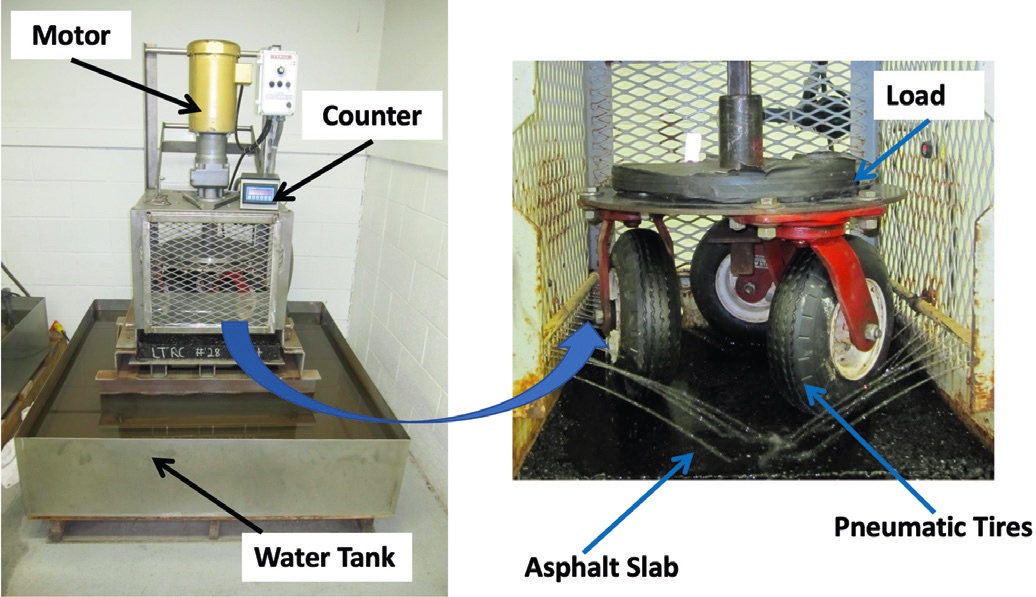 Figure 8. NCAT three wheel polishing device—laboratory test. Figure courtesy of the National Center for Asphalt Technology.
Figure 8. NCAT three wheel polishing device—laboratory test. Figure courtesy of the National Center for Asphalt Technology.
Figure 9 shows the dynamic friction tester. This device helps measure friction coefficient at different speeds. The test procedure (ASTM E1911) consists of a horizontal spinning disk that is fitted with three rubber pads, which make contact with the paved surface. Tests are conducted at specific intervals, as the torque generated by the slider forces measured during the spin down is then used to calculate the friction as a function of speed. A water tank is required to supply water to imitate wet conditions on the pavement.
The dynamic friction tester
(see Figure 9) measures the relationship between friction coefficient and testing speed. The curve below shows that if there’s a higher testing speed, we can expect to have a lower friction coefficient. This data is then quantified to determine friction performance
(see Figure 10).
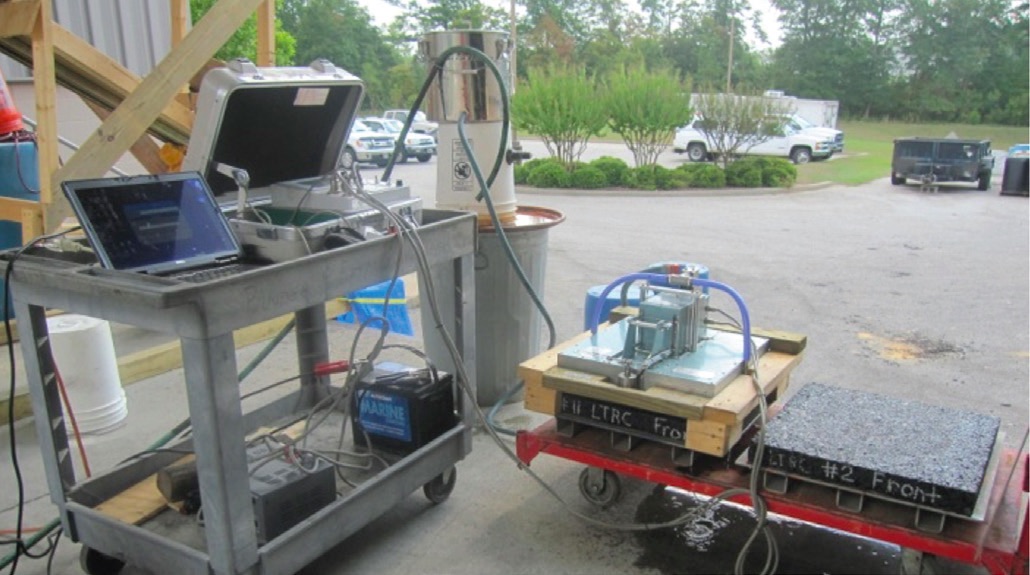 Figure 9. Dynamic friction tester. Figure courtesy of the National Center for Asphalt Technology.
Figure 9. Dynamic friction tester. Figure courtesy of the National Center for Asphalt Technology.
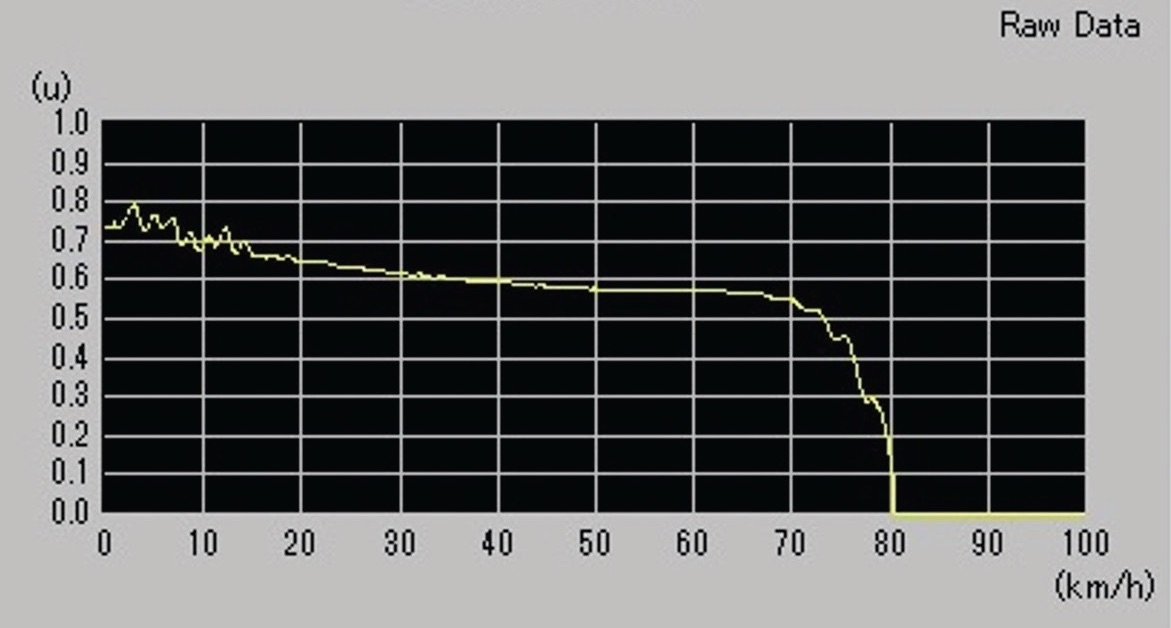
Figure 10. Dynamic friction tester output. Figure courtesy of the National Center for Asphalt Technology.
As previously mentioned, the key type of factors affecting friction consist of aggregate and surface characteristics:
•
Aggregate type (it is important to select a correct mixture of the two following types for optimal performance):
-
Wear resistant: bauxite, granite, slag
-
Highly polishable: limestone, dolomite
•
Surface type
-
Dense graded versus open graded; open graded creates high friction
-
Thin overlay versus high-friction surface treatment.
Case 1
Two case studies were conducted that showed friction characteristics for high-friction surface treatment with alternative aggregates. Case 1 focused on enhancing safety at critical locations like bridge decks and horizontal curves. Crushed aggregate bonded to pavement surface with a resin binder system was used, and calcined bauxite was imported from China or India, as it is a commonly recommended aggregate (very expensive). Figure 11 shows the different pavement portions that were built to conduct testing in a curve.
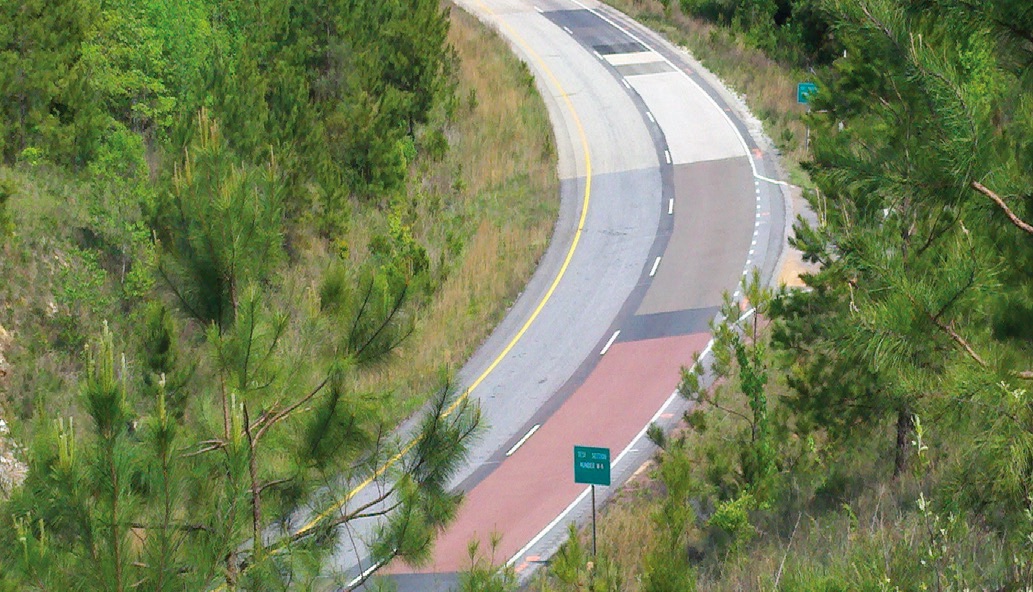 Figure 11. Pavement of different aggregates. Figure courtesy of the National Center for Asphalt Technology.
Figure 11. Pavement of different aggregates. Figure courtesy of the National Center for Asphalt Technology.
As a result, Figure 12 shows how friction ranking of different aggregates (comparing SN = skid number, 40 = 40 mph, R = ribbed tire) impacted results.
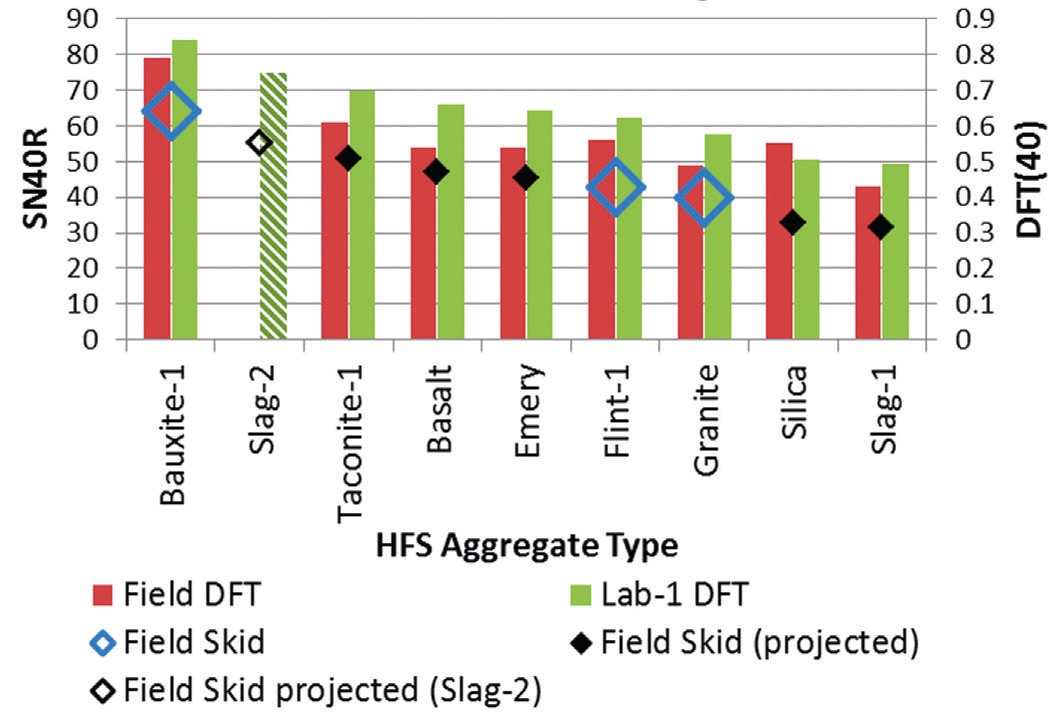 Figure 12. Friction ranking.
Case 2
Figure 12. Friction ranking.
Case 2
In Case 2, the feasibility of using more dolomite in asphalt surface mixtures was determined. The West Virginia Division of Highways (WVDOH) sponsored a two-year study that focused on field friction performance (using W4- 70% dolomite and W5- 90% dolomite). Figure 13 shows the results.
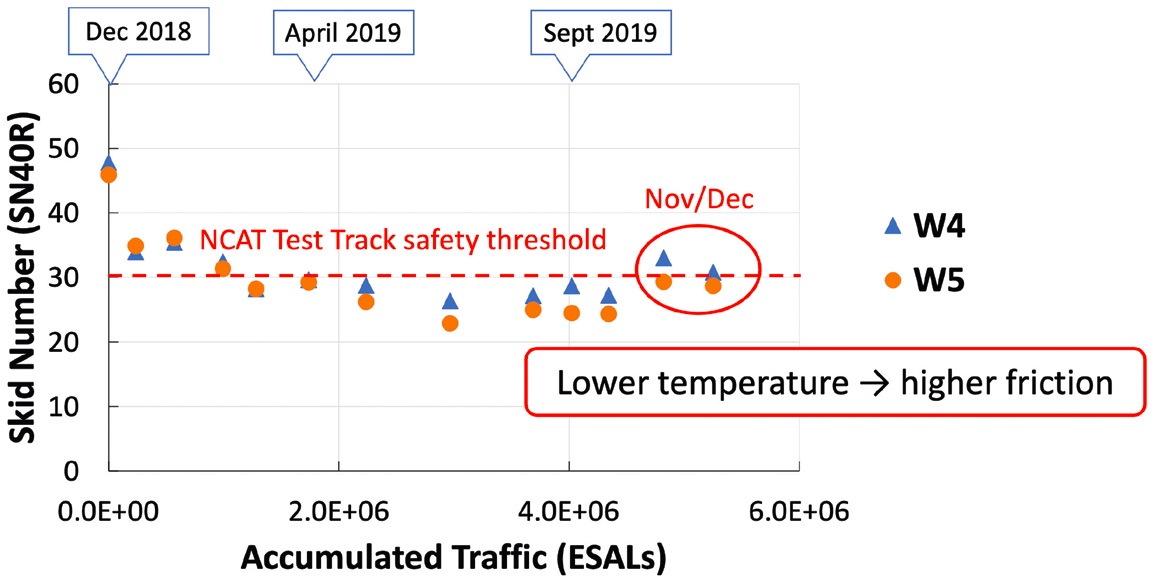 Figure 13. Results of friction performance two-year field test.
Figure 13. Results of friction performance two-year field test.
In Figure 13, the horizontal axis shows accumulated traffic, and the vertical axis shows the skid number used (SN40R). At the beginning of the study, the skid number appears to be good, but then it reduces rapidly within the first polishings. Then it drops below 30, and as more polishing occurs, the more the skid number reduces. 25 is equal to a friction coefficient of .25, meaning that this material is not useful long term for safety reasons. Higher friction is evident when testing is conducted in lower temperatures as ambient characteristics impact testing. It was concluded that 70% or 90% of the locally available dolomite cannot be used for long-term performance.
Lab friction evaluation
A lab friction test was conducted to evaluate dolomite impact on friction performance of asphalt mixtures. Slabs were fabricated with different combinations of dolomite content from 0%-90%. A three wheel polishing device was used to polish these slabs, and a dynamic friction test was performed to measure friction at each polishing interval to generate these curves that you see in Figure 14. Also, two parameters were used to quantify the friction performance; the first is the polishing rate (or the friction deterioration rate), as we do not want to get a high friction polishing rate, and the second parameter is the terminal friction coefficient, which expects the material to have a higher terminal friction coefficient that could provide adequate long-term friction in the field.
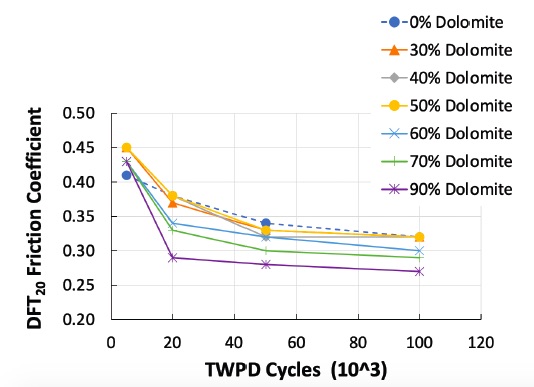 Figure 14. Lab friction evaluation.
Influence of dolomite content
Figure 14. Lab friction evaluation.
Influence of dolomite content
Figure 15 shows the influence of the dolomite content of two parameters. The left figure shows the influence of the dolomite content of polishing rate (friction deterioration rate). It clearly shows that if dolomite content is increased, then we can expect an acceleration of deterioration rate, as in initial state, it is bad for our material. However, for the terminal friction coefficient, if the dolomite content is increased to greater than 50%, a big reduction of terminal friction occurs. But if the dolomite content is held to less than 50%, terminal friction stays static and greater than 0.3, which is a critical value to consider in order to determine whether the material has adequate friction or not. Based on this data, it was concluded that if the dolomite content is increased greater than 50%, long-term friction in the field is not expected. Additionally, this study explains why the WVDOH limits the dolomite content to 50% for asphalt mixtures. Lastly, this study also confirms that the laboratory polishing device simulates the field traffic polishing, and this laboratory test can be used to evaluate the friction performance quickly and conveniently in the long term.
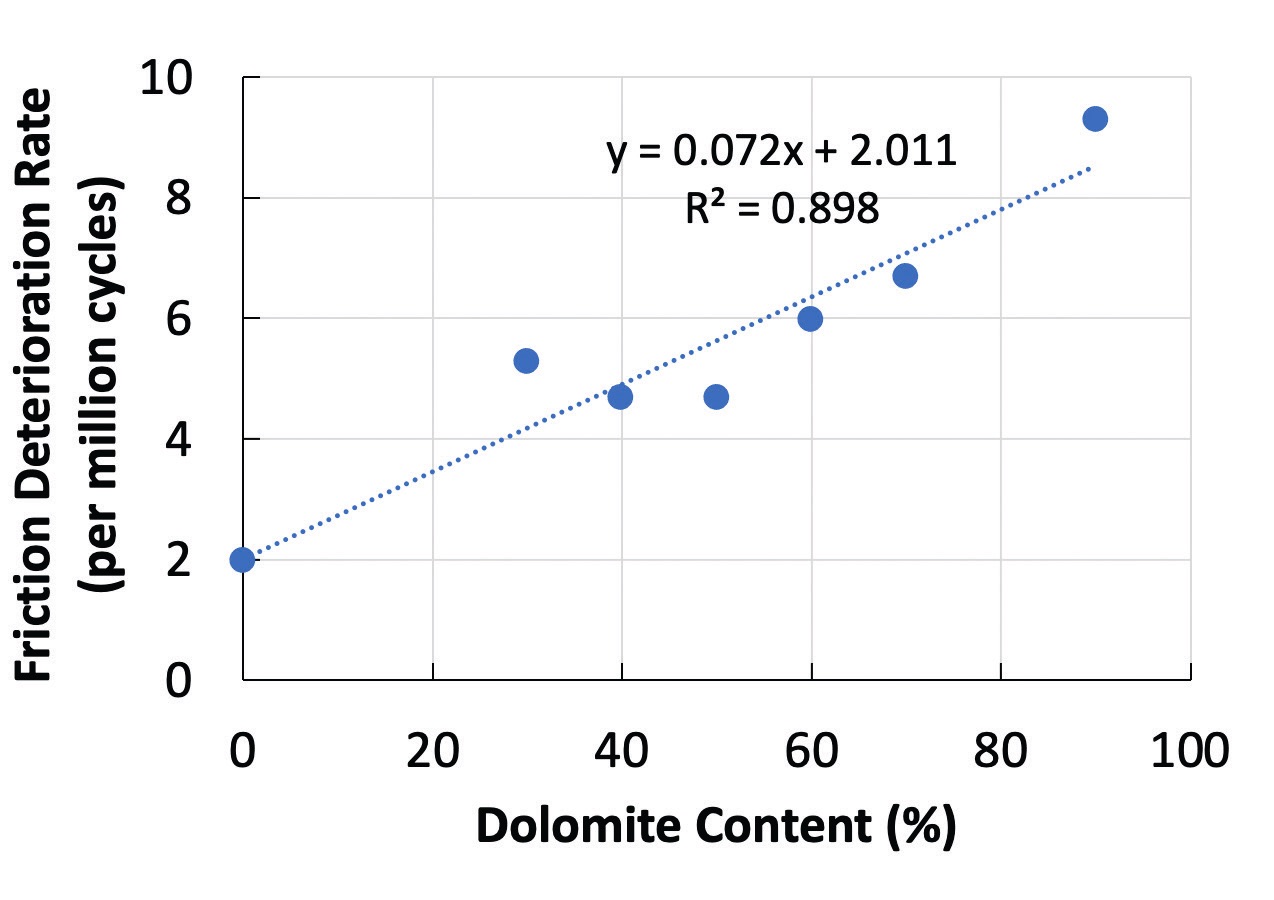
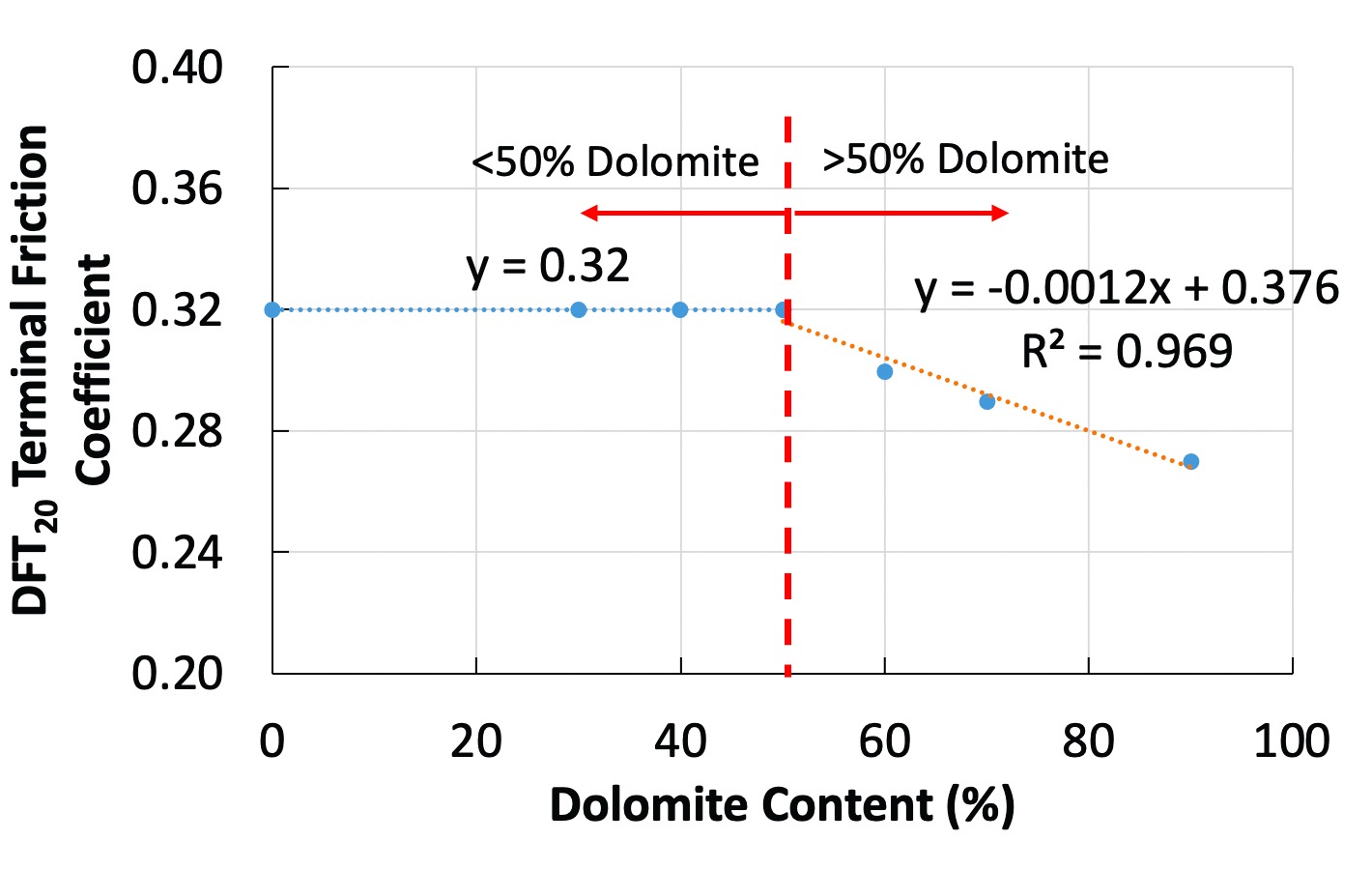 Figure 15. Influence of dolomite content.
Figure 15. Influence of dolomite content.
As studies continue on the many different variables that impact asphalt pavements, the Federal Highway Administration (FHWA) recently implemented a new Friction Management Program, which ensures that new pavement surfaces are designed, constructed and maintained to provide adequate, safe and durable friction properties. This new program will specifically focus on analyzing pavement friction, crash and traffic data to reduce friction-related crashes along with identifying and correcting sections of roadways that have high-friction-related crash rates—and prioritizing the use of resources to reduce friction-related vehicle crashes in a cost-effective manner.
REFERENCES
1.
Statista (2020), “Road accidents in the United States - Statistics & Facts.” Available
here.
2.
Flintsch, G.W., McGhee, K.K., Izeppi, E.D.L. and Najafi, S. (2012), “The little book of tire pavement friction,”
Pavement Surface Properties Consortium, 1, pp. 1-22.
Dr. Yulia Sosa is a freelance writer based in Peachtree City, Ga. You can contact her at dr.yulia.sosa@gmail.com.